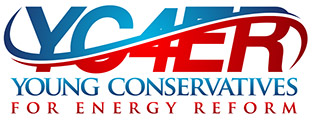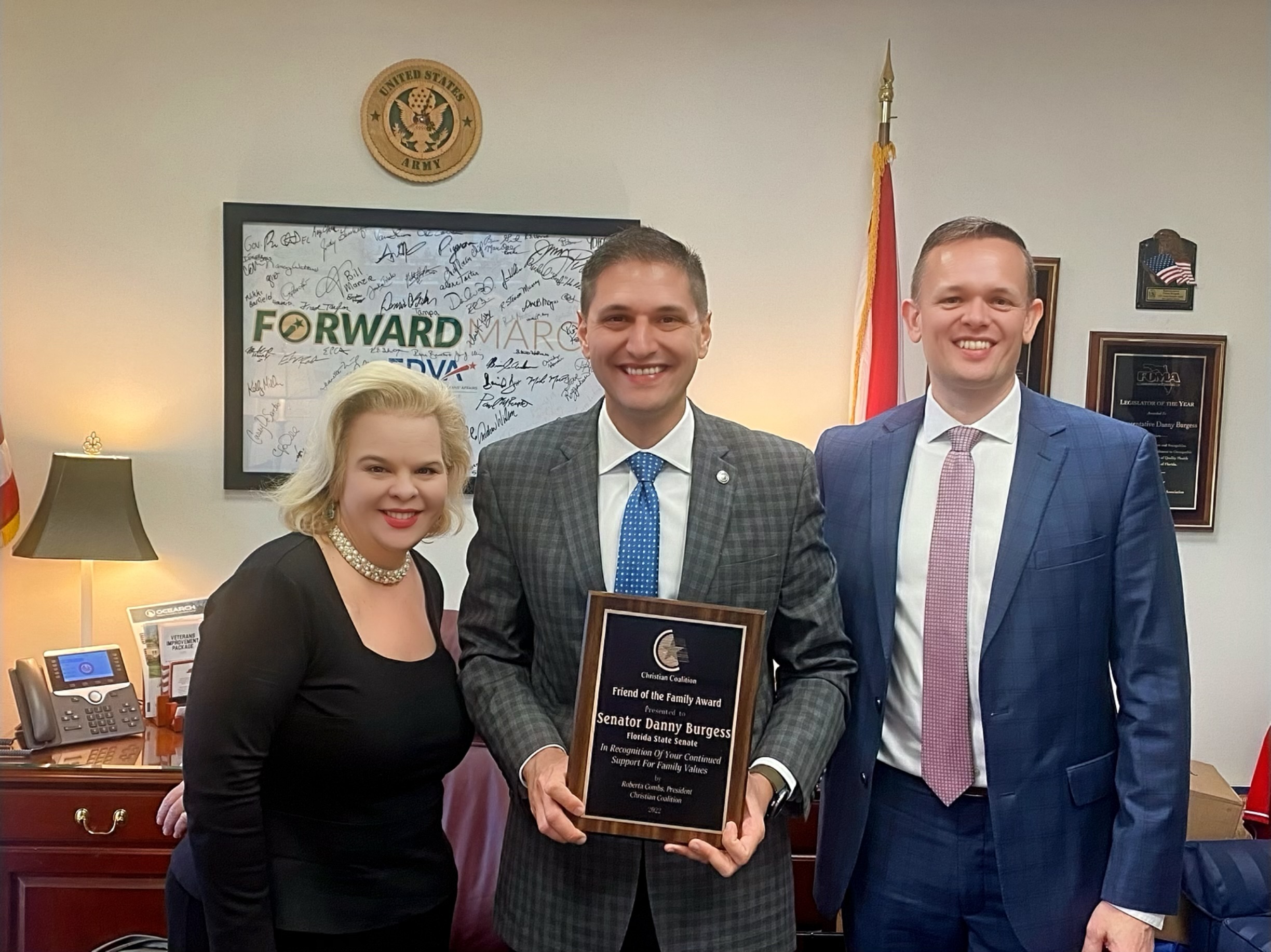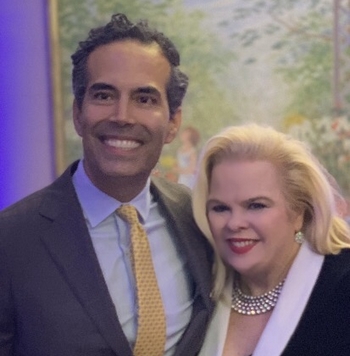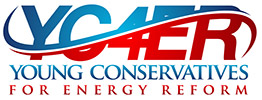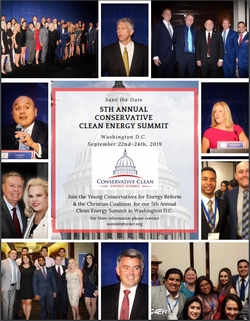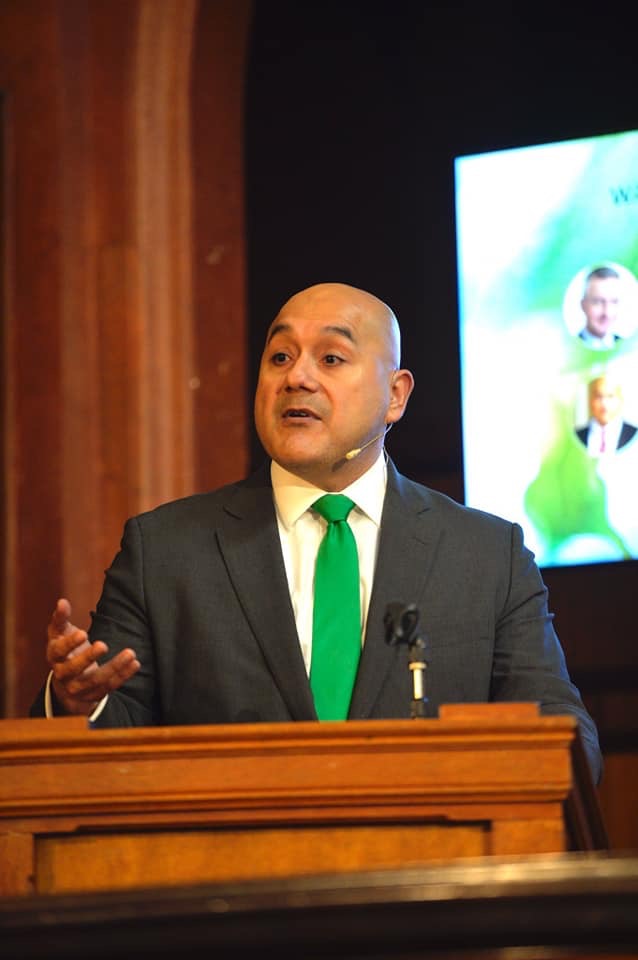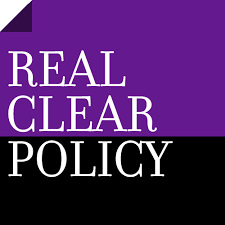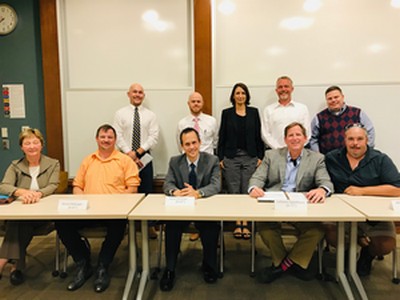By Tom Kiernan, Roberta Combs and Michele Combs
When you turn your lights on at home, how often do you think about your family, your children or your children’s children?
For more and more young families and young voters across the country, the answer is every single time. That’s because how we choose to produce the electricity needed to power America has a lasting impact on our health, our wallets and our jobs.
Air pollution still poses a threat to our families’ health every day. Power plants that contribute to this pollution are now more expensive and less efficient than the clean energy sources scaling up fast on America’s power grid. That means America’s electricity doesn’t have to hit U.S. families and homeowners in the pockets and the lungs.The good news is we can keep our air clean, cut the price of electricity and create jobs with an abundant, reliable, low-cost energy source right here at home: wind power.
Wind energy emits no particulate matter, which is associated with heart and lung disease, and creates no air or water pollution. Nor does it emit mercury or other heavy metals, which collect in the food chain and are harmful to human health.
By 2050, wind could supply over a third of America’s electricity. By then, over 22,000 premature deaths can be prevented as a result of reduced air pollution. Over the same period, growing wind energy could save an additional $108 billion in public health costs by cutting other air pollutants.
Thanks to American innovation and improved domestic manufacturing, the U.S. builds the most productive wind turbines in the world and leads all countries in wind energy production – strengthening U.S. energy independence. U.S. wind farms produced enough electricity in 2015 for 17.5 million homes, more than China or Germany.
Not only are we producing more electricity from wind power than we ever have before, that electricity is now more affordable than ever. Wind power costs one-third as much as it did six years ago, and the savings are being passed on to American families and businesses.
For example, wind power saved consumers $1 billion over just two days across the Great Lakes and Mid-Atlantic states during the 2014 “Polar Vortex” event. According to the Department of Energy’s recent Wind Vision report, growing wind energy can save consumers $14 billion a year through 2050, with cumulative savings on Americans’ electric bills totaling $149 billion.
Wind power revitalizes rural America, which includes some of the most economically distressed parts of the country, by helping family farmers and ranchers generate added income. This helps them stay on their land and send their kids to college.
Building and taking care of those wallet-friendly wind turbines also means opportunities for U.S. job seekers in every state.
Wind turbine technicians already represent the fastest-growing jobs in the U.S., according to the U.S. Bureau of Labor Statistics, and these are good jobs with benefits. Additional workers at over 500 factories in 43 states help manufacture the parts and materials needed to build U.S. wind farms.
American wind power supported 73,000 jobs across all 50 states as of 2015, and that number could grow to 380,000 if wind supplies 20 percent of U.S. electricity by 2030.
We all want the best for our families and our children, safe homes and futures full of potential. Cleaning our air and growing the economy by making more of America’s energy with wind is one way to make good on these promises.
Kiernan is CEO of the American Wind Energy Association (AWEA). Roberta Combs is president of the Christian Coalition. Michele Combs is president and founder of the Young Conservatives for Energy Reform.
